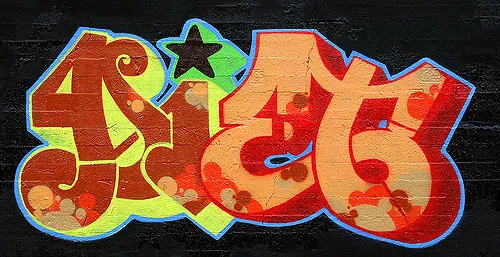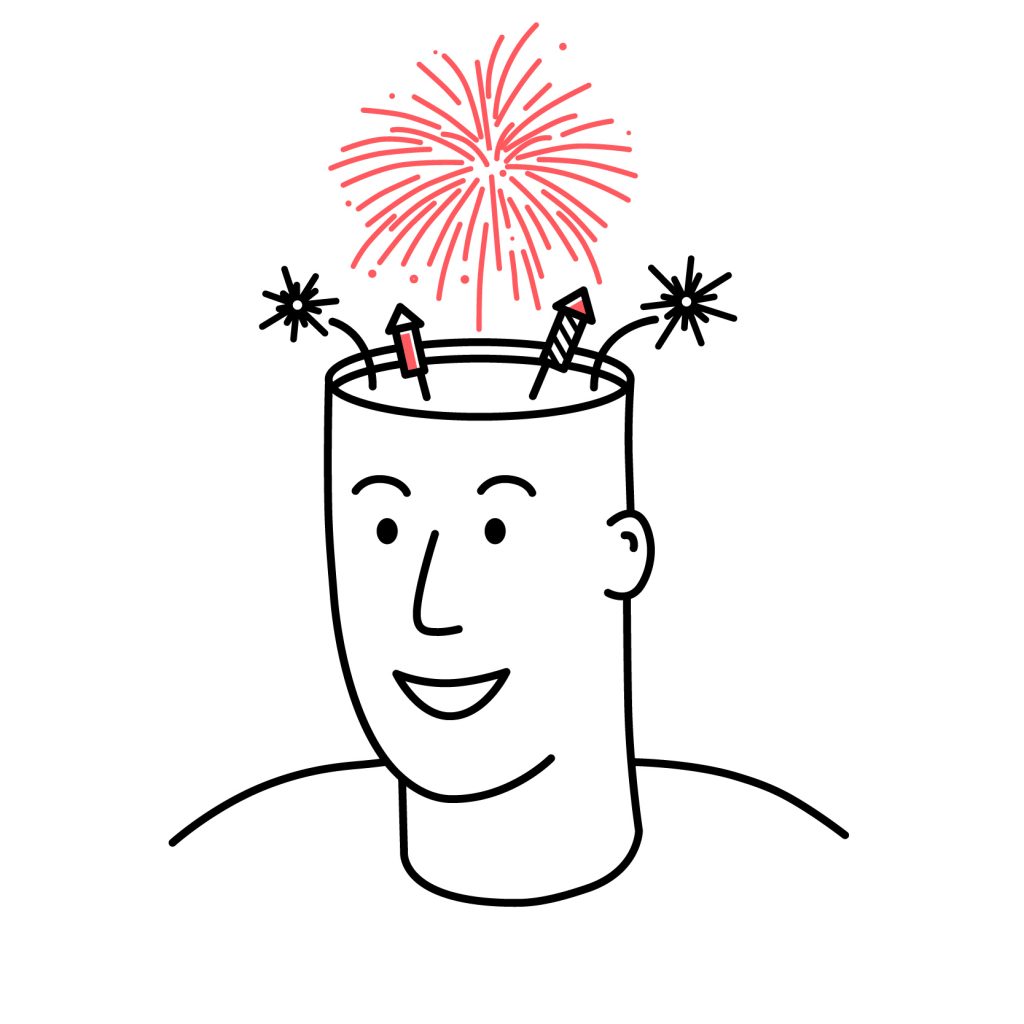
Every year we humans engage in this collective ritual called New Years Resolutions. We somehow seem to believe in the illusion that the symbolic crossing of December 31st to January 1st unlocks a new door to untapped willpower and ability to change our behaviours and habits.
The beauty of a ritual is that it gives hope. The problem with rituals is that they don’t work. Bad habits are just too strong to change. Willpower dips fairly quickly. Temptation to give in to instant gratification is everywhere. Our lives play out in a choice architecture in which the most convenient option is to keep doing what we’re doing.
And yet, this time of the year is the perfect time to make some changes. So why not do it properly? New Years’ Resolutions are all about changing behaviours and building new habits. So let’s apply some behavioural design thinking to the problem.
Step 1: Always start with the Job-to-be-done behind your desired behaviour
A core concept of Behavioural Design is outside-in thinking. When we think about changing behaviour, we pay much more attention to the deeper goals and dreams behind the behaviour. To use the famous meme by Clayton Christensen: “We hire certain behaviours to achieve our jobs-to-be-done”. We go to the gym, because we want to lose weight, which is a functional job-to-be-done. We might want to lose weight to boost our confidence, which is an emotional job-to-be-done. And both goals might be instrumental to even a deeper social Job-to-be-done: To be seen as attractive by others.
When you apply Job-to-be-done thinking to New Years’ Resolutions, it’s pretty evident that the real job-to-be-done behind those vows and pledges is to increase your overall happiness. So before you choose a behaviour you would like to change, you should first have a clear understanding of the behavioural drivers behind happiness. Astrid did a keynote on this topic on Behavioural Design Fest 2018 (in Dutch). In this talk she referred to the work of Prof. Todd Kashban on happiness. His argument is that the number one driver to live a happy life is the pursuit of curiosity. Curious people perform behaviours that lead to happy outcomes: They experience achievements, they learn and master new things, they get to meet new people, they experience flow, etc. Happiness is not something you can find, it’s something you stumble upon.
So the big question for your new year’s resolution should be: What can I do to pursue my curiosity?
To answer this question, you’ll have to ask yourself a couple of related questions:
- Which obstacles should I take away?
- What prevents me from pursuing my curiosity?
- What are bad habits and beliefs that keep me getting stuck in the same patterns?
The easiest way to find answers to this question is to use a second key principle of behavioural design thinking: look at past behaviour for cues.
BONUS: free ebook 'Designing Happiness'
Especially for you we've created a free eBook 'Six Rules For Designing Happiness'. Because that is the main goal everybody will have for the new year: being happy. It is a little gift from us to you.
Step 2: Past behaviour never lies: look at past behaviour for cues.
A powerful behavioural design principle is that past behaviour never lies. If I’d ask you how many times you want to go to the gym, you’d probably say three times per week. If I would ask you how often you go to the gym, you might still answer: “at least once a week”. However, if I’d ask you if you could walk me through the last two times you went to the gym, you will give me all the reasons and excuses why you didn’t make it to the gym in the last couple of weeks. And those are interesting, because they can give us all kinds of clues of the bad habits and other behavioural patterns that stood in the way of performing your desired behaviour.
Past behaviour never lies. So instead of making New Years Resolutions, it’s way more interesting to look at what happened last year. What made you happy? What sucked the energy out of you? What gave you a proud feeling of achievement? What gave you a sense of purpose and meaning? Which friends made you feel great? Which habits prevented you from doing the things you love? Which activities got you entirely in the zone?
Tim Ferris suggests to take some time to look at your calendar and spot the bright spots and dark spots. But go deeper than that. Most meaningful interactions or bad habits can’t be traced down to specific events. They’re part of your daily patterns.
Every quarter, my co-founder (and wife) Astrid and I start our two-day Quarterly Meeting with taking a whole morning to answer four questions. The answers to these four questions form the basis for the interventions we plan for the next quarter at SUE. Our principle is: Happiness first, the rest will follow. The questions we ask ourselves are:
- Did you experience flow in the previous months? Can you give examples?
- Did you experience personal success? Can you give examples?
- Did you learn something new? What did you learn that excited you?
- Were you able to contribute to the success of others?
By asking these questions, we immediately get an insight into the most critical drivers of our happiness. Sometimes we suck on one of these dimensions, and sometimes we feel we suck at all of them. There’s nothing wrong with that, as long as we come up with behavioural interventions to tackle them. The principle is exactly the same for making New Years Resolutions.
Step 3: Prototype your New Years Resolutions
A third fundamental Behavioral Design Principle is prototyping: Whatever you think the solution is: prototype it first. Find a minimal version to test your desired behaviour and figure out if it works and under which conditions it works. Two things bothered me last year: Bad weather was depressing me, and I get miserable if I don’t have time to think, read and write. So we prototyped the idea of study weeks abroad. Our first prototype was fun, but it didn’t work. We spend a week in January in Morocco with our two year old daughter. Let’s say she had different ideas about family fun. A second prototype was that Astrid and I would do a monthly reading and writing retreat of four days, in turns. That worked incredibly well. We both got in deep work mode every time, and while the other was away, it was great fun to spend a couple of days as a single parent taking care of the little one. Our next prototype next year will be to spend two months in Thailand working as digital nomads.
I also prototyped things like:
- Wim Hoff Ice Men Method: Loved it. Doing the breathing exercise and cold showers 3x week
- Fishing: I asked a couple of people to teach my son and me to fish for pike and zander. I posted a #deartoask on facebook, and more than ten people offered to help me to learn the techniques. T
- Set an epic goal: Climbing the Mont Ventoux by racebike is a dream, but I couldn’t get myself to turn this goal into manageable actions. This year I’ll make a new attempt.
It doesn’t matter if things don’t work. The fun thing is that you’re following your curiosity to see if it could work for you. That’s already incredibly powerful in itself.
Note: In 2019 we developed a program to turn desires into experiments, and coined it Fuck It, Let’s Do It. Look at Astrid’s keynote at Behavioural Design Fest to learn more about it (in Dutch, working on subtitles, sorry). We did several workshops with entrepreneurs and it actually transformed some people’s life. If you’re interest in doing a half-day workshop for your team, contact Susan for more details.
Want to make your habits LAST in the New Year?
We have created a new cheatsheet that helps you in four easy steps to create new habits! One of the steps is making the behaviour tiny (as you can read below in step 4). But we added three extra steps that will make sure your New Year's resolutions will last.
Step 4: Tiny Habits
A last Behavioural Design puzzle piece is “tiny habits”: If you want to change habits: make them tiny. I can’t recommend enough the new book “Tiny Habits” by our intellectual hero BJ Fogg at Stanford. I am currently doing a 21 day plank challenge. It only requires me to try to do a plank once a day. After two weeks I already improved from 1.15 minutes to 2.50 minutes. The idea behind tiny habits is that when you turn your goals into tiny achievable actions that don’t require much willpower to perform, you will gradually expand your effort.
I put up a sheet with 21 boxes and put it up to our front door (BJ Fogg would call it a trigger), so I would always get a reminder that I must not forget to do my daily plank.
Summary
What I tried to argue is that you can take your New Years Resolutions to the next level with Behavioural Design Thinking. If you’re committed to changing your behaviour and habits this year, ask yourself four questions:
- What are my deeper goals, desires and Jobs-to-be-done behind the behaviour I want to change?
- How does this contribute to improving my happiness levels?
- What behaviours and habits stood in the way of the pursuit of curiosity last year?
- Which experiments do I want to set up to figure out what works for me?
- How can I make the desired behaviour tiny?
Happy New Year!
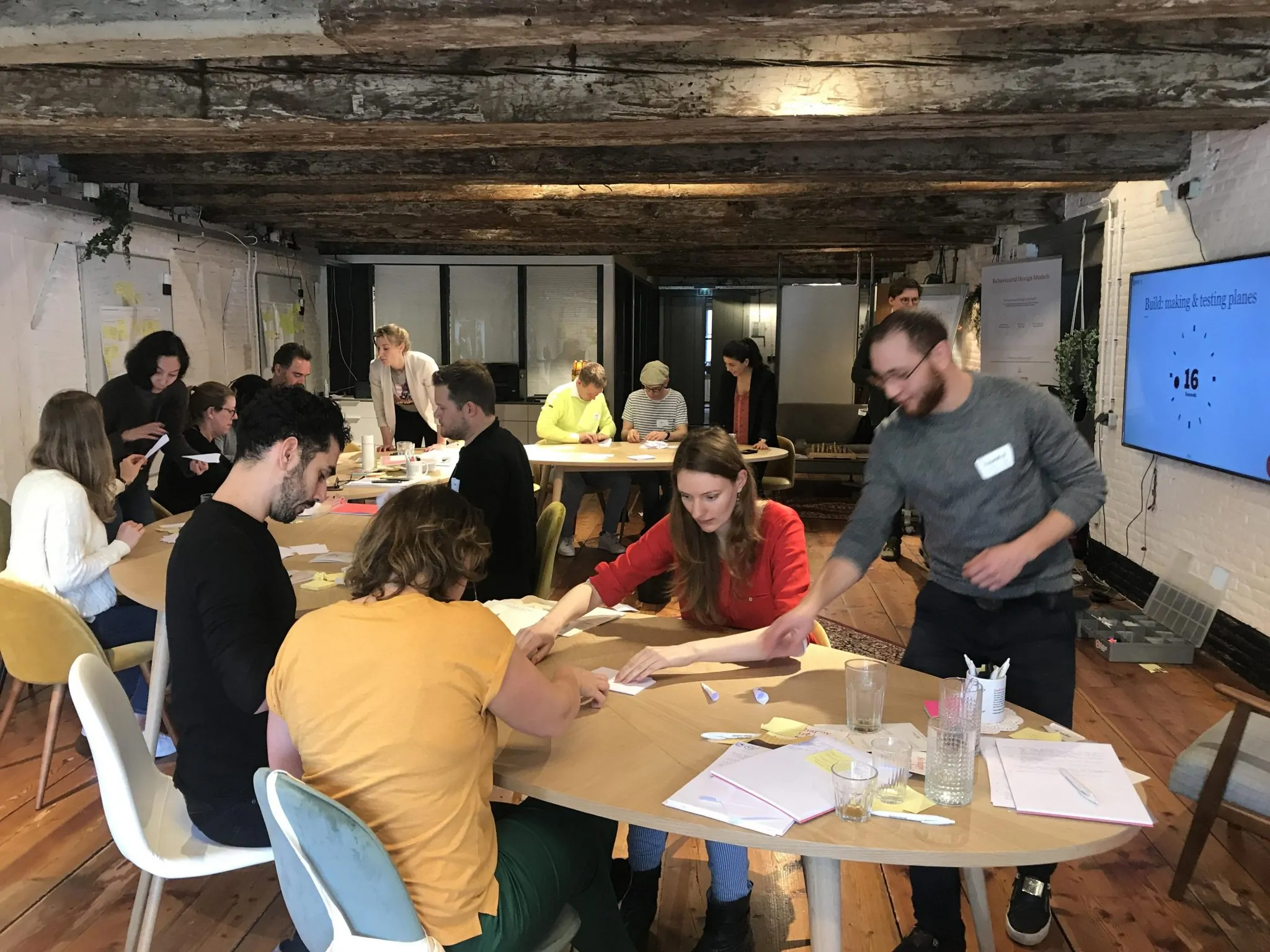
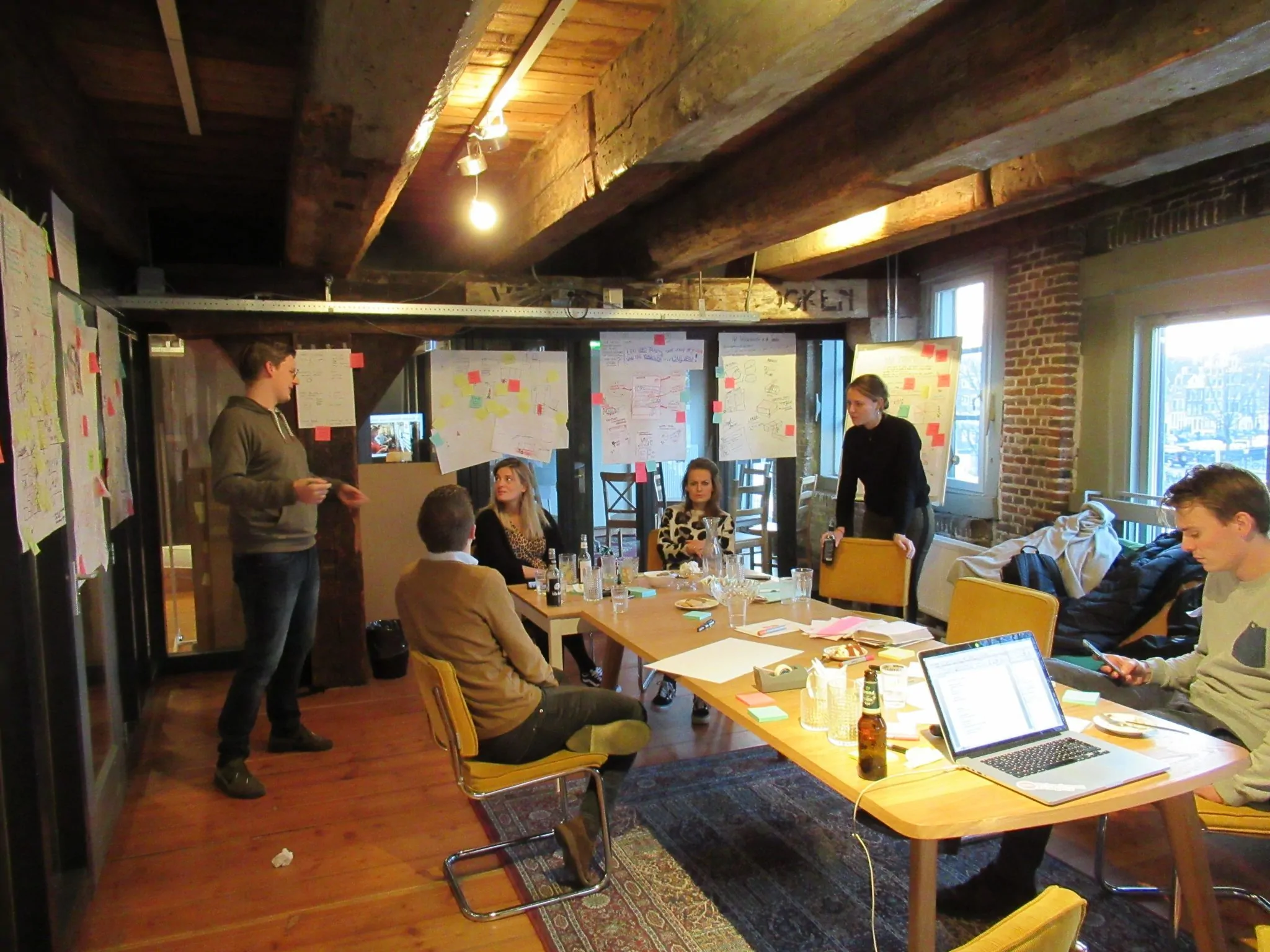
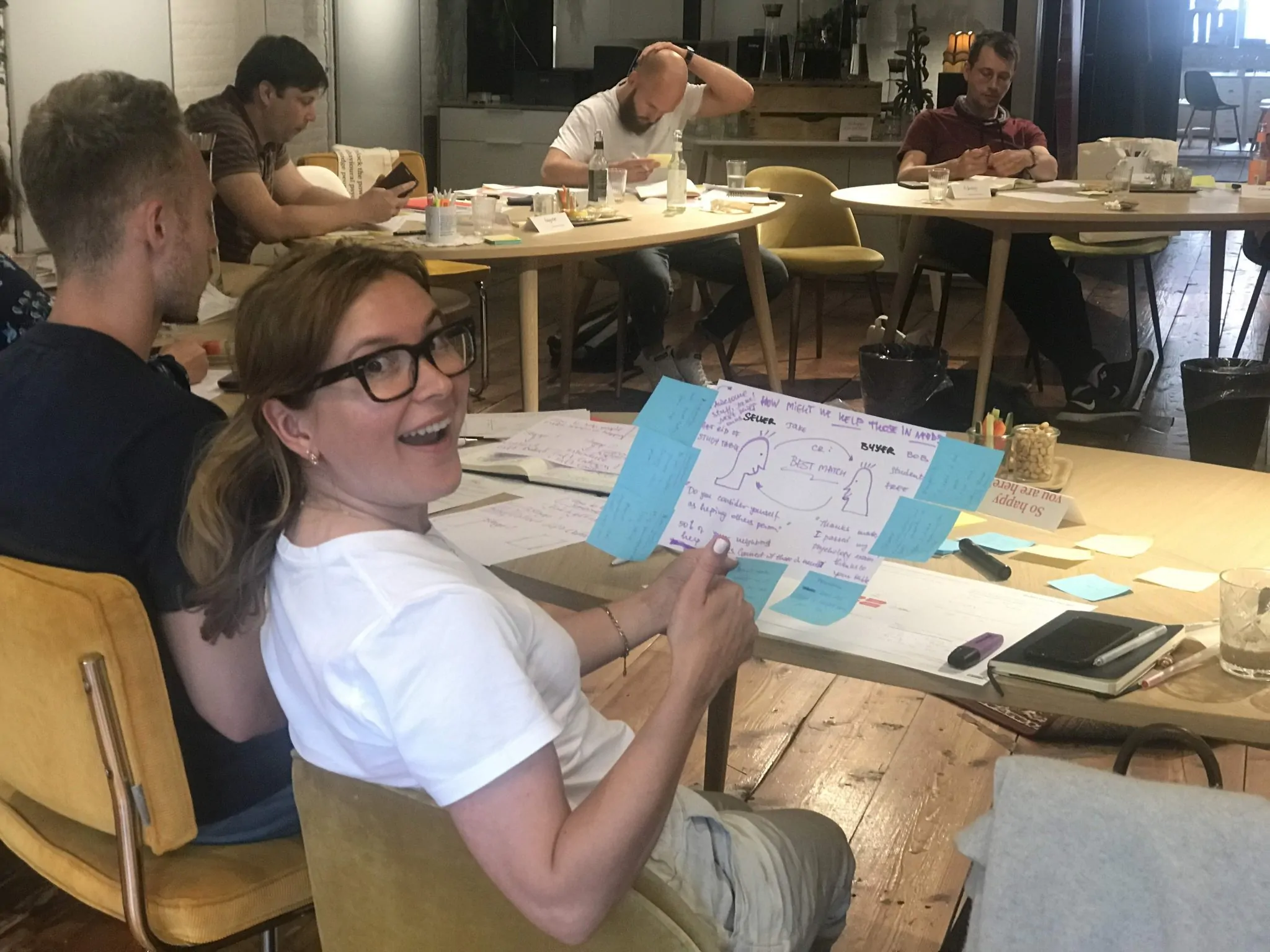
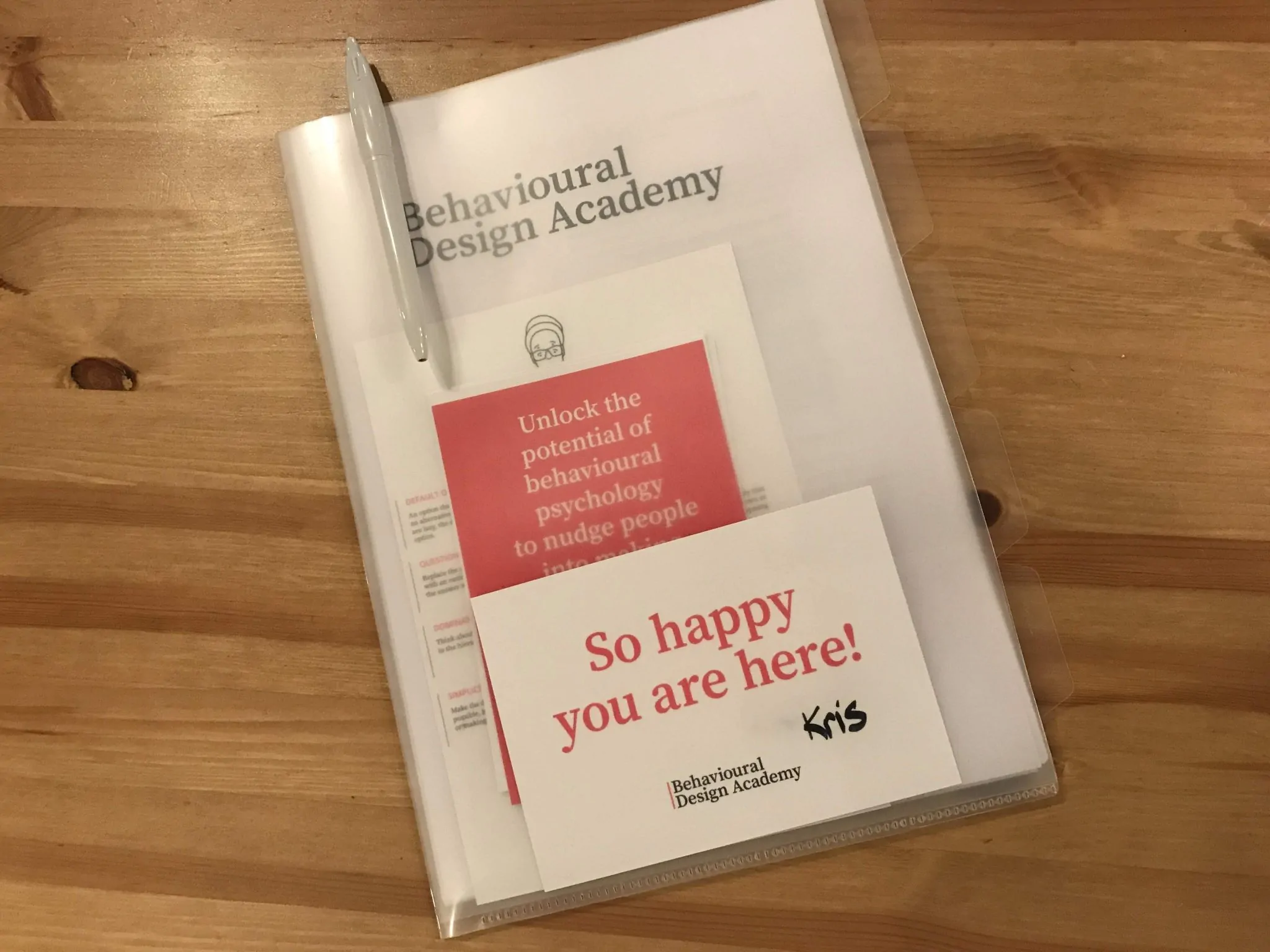
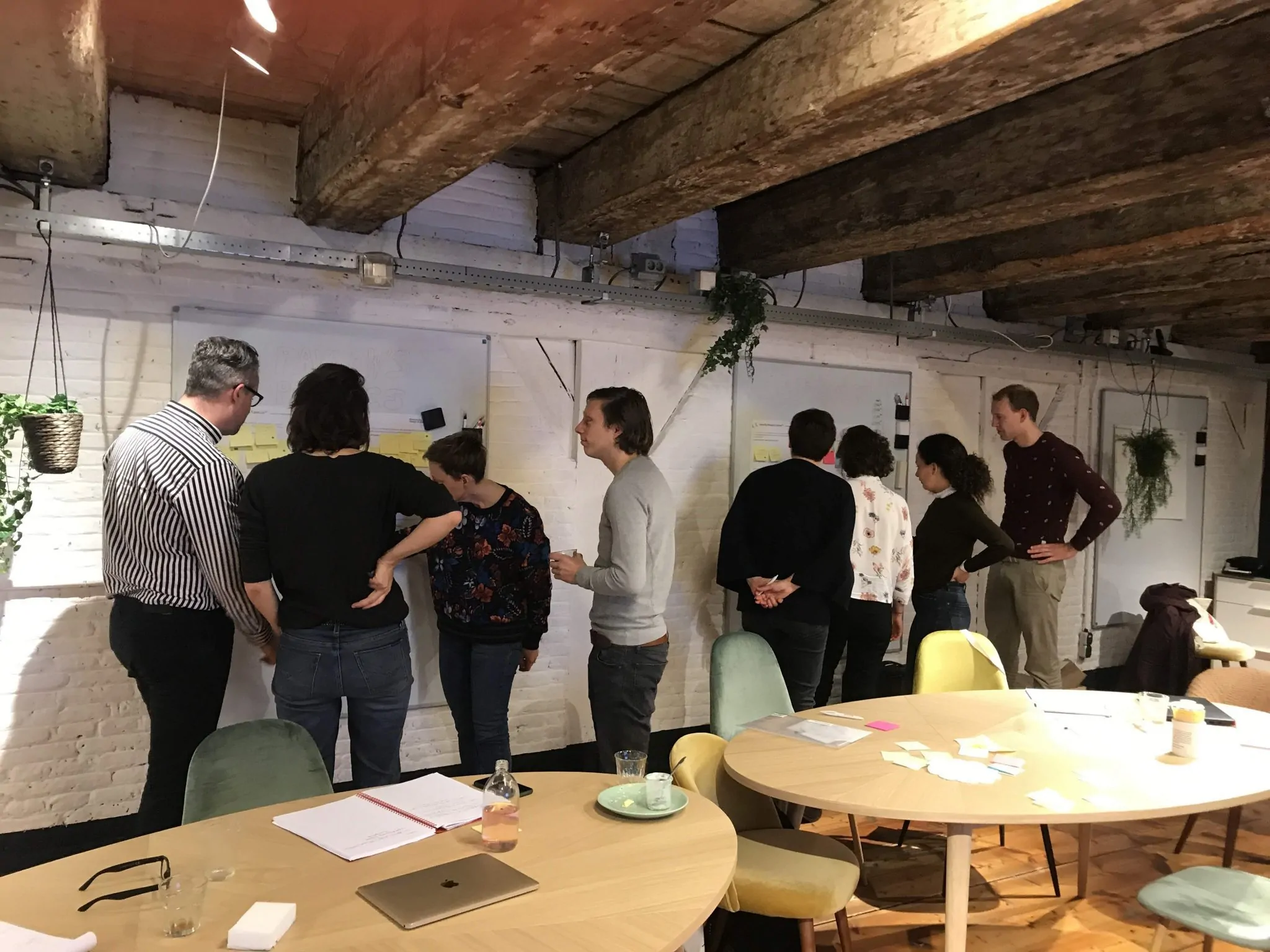
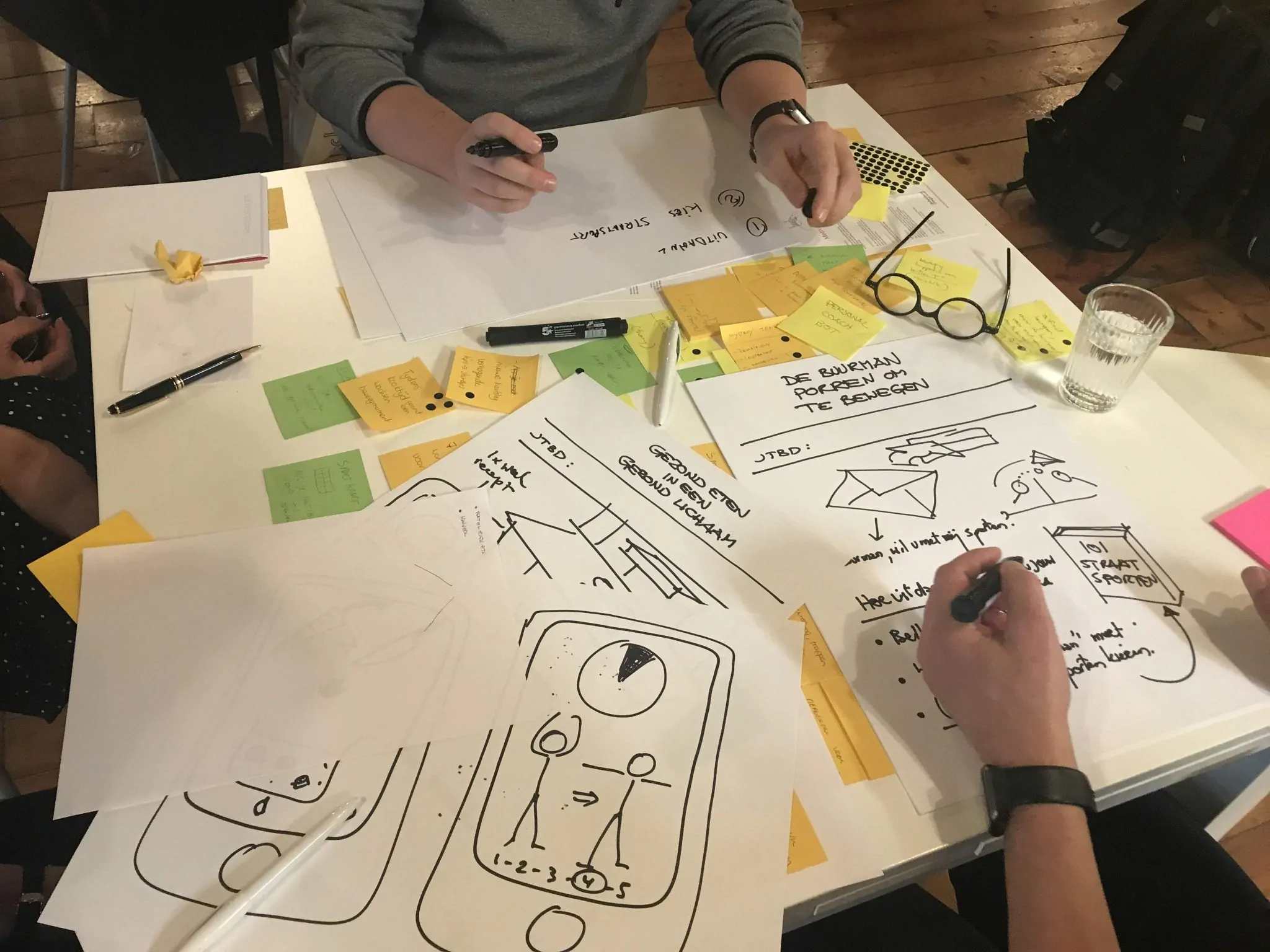

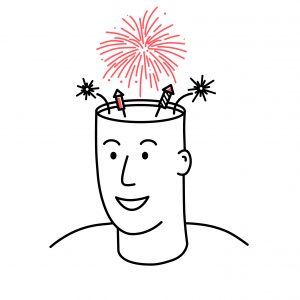
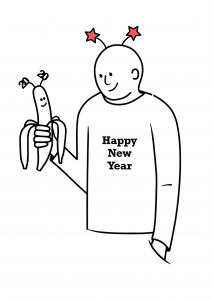
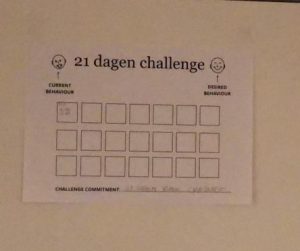

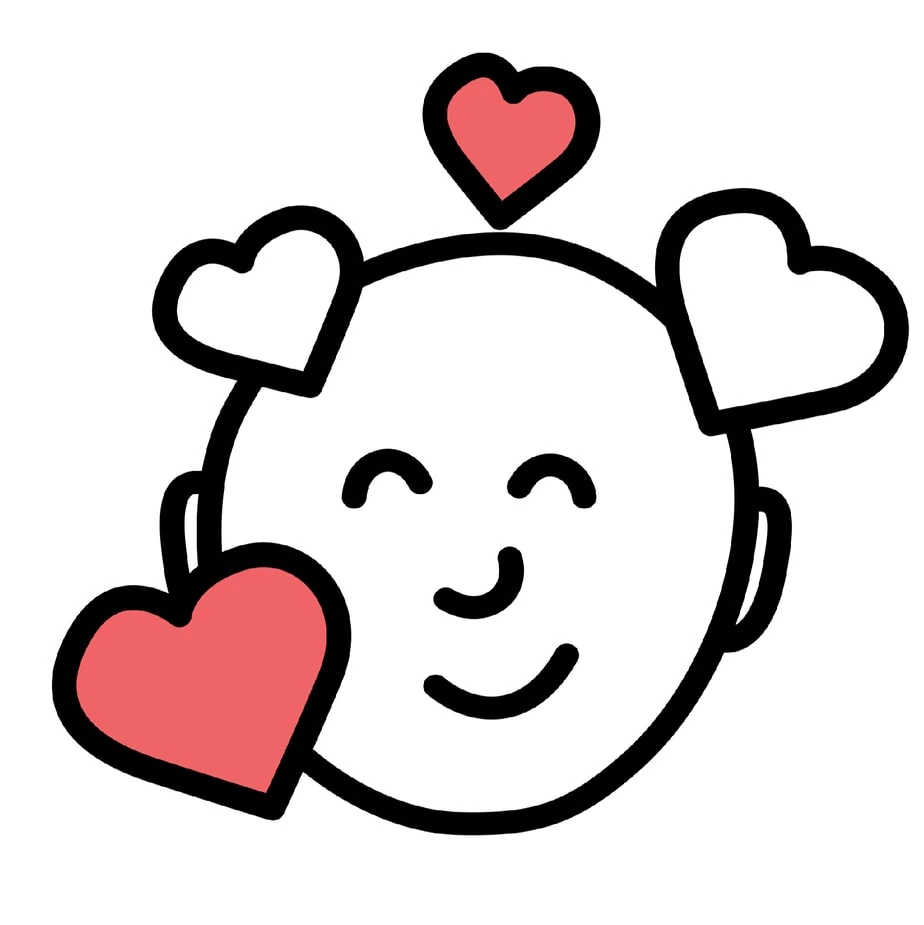
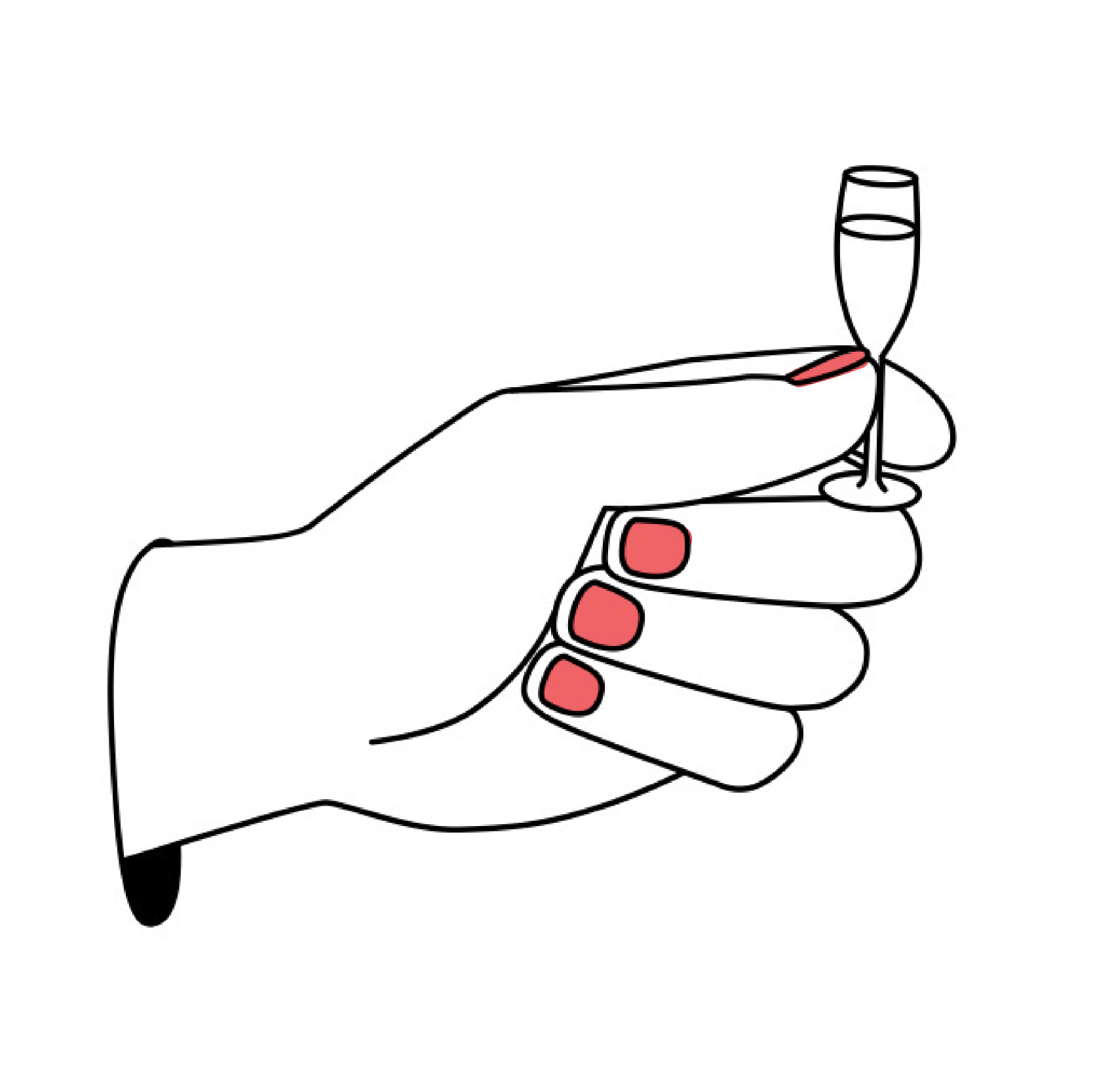








 The future is complex because of exponential technologies. Technological progress is now accelerating so fast that a lot of things that seemed impossible two years ago are already achieved. Just to give you a couple of recent examples that were featured in
The future is complex because of exponential technologies. Technological progress is now accelerating so fast that a lot of things that seemed impossible two years ago are already achieved. Just to give you a couple of recent examples that were featured in  The second problem with forecasting is that the future is that we have to deal with accelerating complications. Stability is rapidly crumbling on a global scale. The failure of the radicalised free-market to create prosperity and wealth for the many, instead of the few, has set into motion accelerating public anger towards the leading elites. This resulted in a global rise in the demand for radical leaders. This accelerating demand for radical nationalistic leaders has created a critical threshold of leaders that make any coordinated attempt to fight the wicked problems of this time impossible. The Trumps, Putin’s, Orban’s, etc. of this world continuously need to signal their virility to their base. In the world of the alpha male leader, compromises are for pussies.
The second problem with forecasting is that the future is that we have to deal with accelerating complications. Stability is rapidly crumbling on a global scale. The failure of the radicalised free-market to create prosperity and wealth for the many, instead of the few, has set into motion accelerating public anger towards the leading elites. This resulted in a global rise in the demand for radical leaders. This accelerating demand for radical nationalistic leaders has created a critical threshold of leaders that make any coordinated attempt to fight the wicked problems of this time impossible. The Trumps, Putin’s, Orban’s, etc. of this world continuously need to signal their virility to their base. In the world of the alpha male leader, compromises are for pussies.